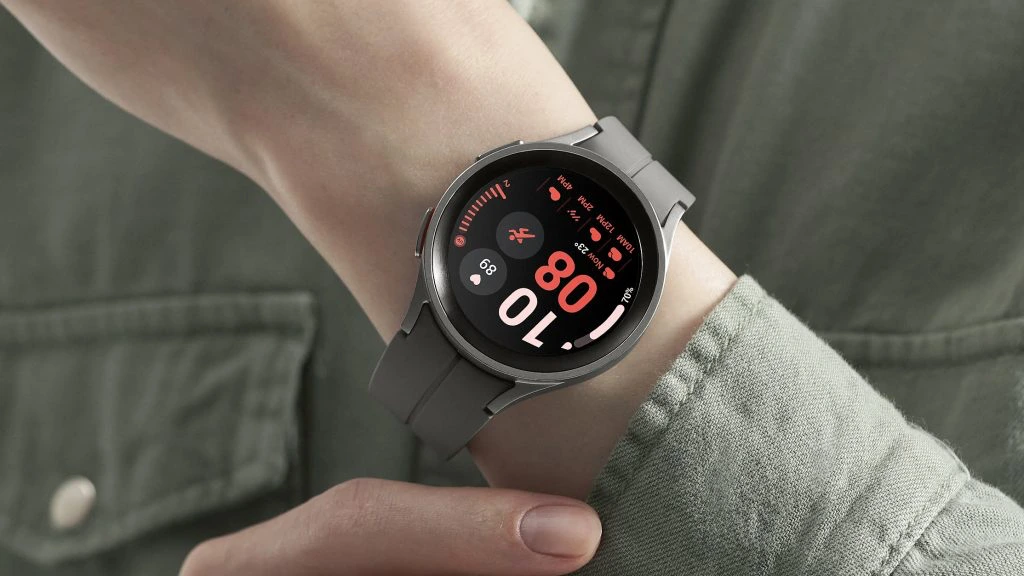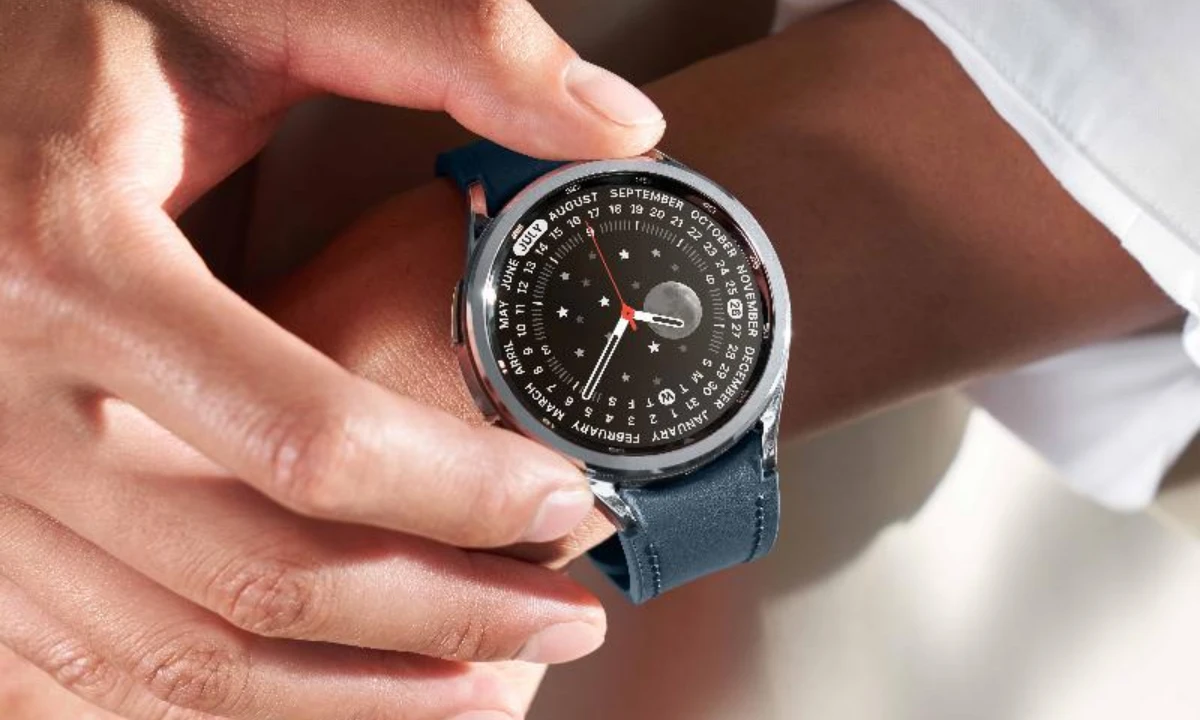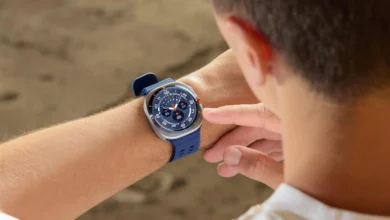Galaxy Watch 4 & 5: Change watch faces for different senecrious

Samsung always integrates useful and nice features into its User Interface, no matter whether it is Android-based One UI or WearOS-based One UI Watch. One of these amazing features is Galaxy Phone’s “Modes”, which lets us set up different settings in your device for different modes. For example, in study mode, you can prevent all the notifications from popping and can also limit the device’s other actions as per choice.
However, today we will talk about a separate feature from Modes, which is related to Galaxy Watches. Informatively, with the latest One UI Watch update, the Korean firm has brought a Modes-related feature to its Galaxy Watch 4 and Watch 5 devices that let the user set different watch faces for different modes. These watch faces will depend on the mode that is activated at that time in your connected smartphone.
Let us inform you; you can choose separate watch faces for your connected Galaxy Watch 4/5 for each preset mode of your Galaxy smartphone. After the completion of this setting, your Galaxy Watch will show the chosen watch face whenever we enable any particular mode in your smartphone. If you are wondering how you set these, you can check the complete step-by-step process below.
- Firstly, open your Galaxy Watch and change the desired wallpaper you want to set for a Mode.
- Now, go to the Modes & Routines section on your Galaxy Phone.
- Now, choose a mode you are planning to set up a watch face.
- Afterward, scroll to the bottom and tap on the Watch icon.
- Now click on the current watch face in the top-left corner.
- At last, tap on Done, and your watch face is now set.
Nota bene, only the Galaxy Watch 4 and Galaxy Watch 5 series are eligible to use this feature, but we are expecting the company will continue providing it for future Galaxy Watch devices as well. This Galaxy Watch feature is completely similar to Galaxy Phone’s “different wallpaper for each mode” feature. Besides, if you are willing to know more about Galaxy smartphone’s “Modes,” you can get the information here.



